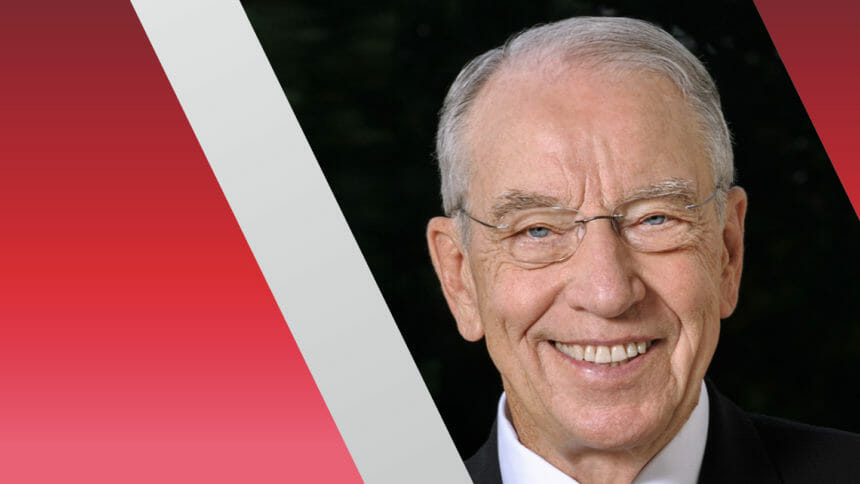
Thirteen years later, US Sen. Charles Grassley (R-IA) has reignited a push to get federal regulators to implement rules to require transparency at long-term care facilities backed by private equity.
Grassley sent a letter Friday to US Health and Human Services Secretary Xavier Becerra and Centers for Medicare and Medicaid Services Administrator Chiquita Brooks-LaSure telling them it’s long-past time to finalize CMS’ “overdue proposed rule that you have thus far failed to finalize and implement.”
“CMS’ thirteen-year delay is slow even by bureaucratic standards and especially egregious given that the number of nursing homes owned by private equity has significantly increased since then,” Grassley wrote.
CMS in mid-February proposed another in a string of ownership transparency rules, this one requiring information about private equity, real estate investment trusts as entities that lease or sublease property to nursing homes, since the facilities and property owners may be set up as different corporate entities even though they work under the same umbrella.
More data push ‘consistent’
Last week, members of the Medicaid and CHIP Payment and Access Commission said the latest CMS recommendation was “generally consistent” with its previous recommendation that the agency collect and report more data on nursing facility ownership to enable better analysis.
MACPAC staff reported that in 2022, most nursing facilities (72%) were for-profit. Between 2010 and 2020, about 5% of nursing facilities were acquired by private equity firms. In 2021, REITs held investments in 1,806 nursing facilities.
CMS’ proposed rule would add regulations using the Affordable Care Act and expand the scope of current reporting. Ownership data would be collected at initial Medicare enrollment and updated every five years or when there is a change in ownership
Grassley first began tackling this issue in 2007 after a New York Times article detailed “high numbers of serious health and safety deficiencies in nursing homes” acquired by private equity firms. At the time, McKnights Long-Term Care News reported that “[m]any of the new owners have also put Byzantine corporate structures in place, apparently in an effort to derail those who might pursue legal retribution, or government agencies seeking accountability.” The Times’ report said that facilities owned by investment firms were 41% more profitable than the average nursing home.
History of pressure on PE
Grassley was the top Republican on the Senate Committee on Finance and asked the Government Accountability Office for a review of how private equity’s ownership impacted the quality of care, held hearings, and wrote to give “prominent” firm questioning their management, including, as he noted in his letter, “any legal schemes used to shield themselves from liability.”
Grassley was instrumental in pushing through federal legislation that required facilities to disclose all people and entities with control, offering administrative services, or holding property leases. SNFs are also required to detail their organizational structures and describe the relationships.
That law also directed CMS to implement regulatory language on transparency within two years of passage. While the Obama Administration proposed a rule in May 2011, it remained unfinalized.
CMS picked it back up, announcing Feb. 13 that the Biden Administration was taking “unprecedented efforts” toward nursing home ownership transparency with a proposed rule requiring nursing homes to disclose all ownership and management information.
The release noted that SNFs “frequently use other companies to provide major services or support, but families currently have no way of knowing which different companies or firms provide care to their loved ones and how they might be connected to the owners of a nursing home.” The proposed rule intends to define “private equity company” and “real estate investment trust” as it relates to nursing home ownership.
‘Red herring’
At the time, American Health Care Association President Mark Parkinson called the intense focus on ownership type a distraction.
“We support transparency and appreciate the Administration’s efforts to assist families in making more informed decisions. However, focusing on ownership and private equity is a red herring,” Parkinson said. “This has become a distraction from the real issues that impact the majority of providers, like Medicaid underfunding and workforce shortages.”




